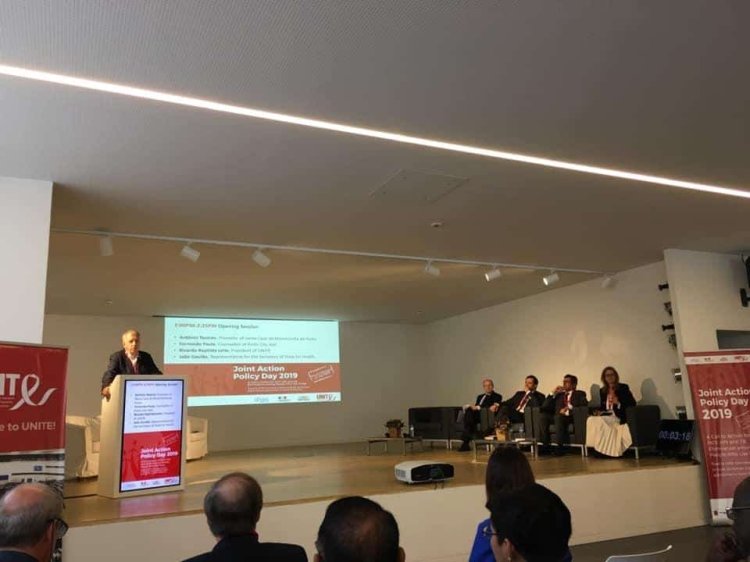New Emerging RCs in Europe: ADB-BUTINACA – The New Face of Synthetic Cannabinoids Despite Bans

“Spice-like” Drugs Continue to Evolve, Creating New Public Health Challenges Across the EU
Europe's ongoing battle against synthetic cannabinoids — often marketed as "legal highs" or herbal incense — has taken a new and concerning turn. Despite widespread bans, new analogs are constantly appearing. One substance in particular, ADB-BUTINACA, has rapidly become the most prevalent synthetic cannabinoid across the continent, sparking warnings from toxicologists, law enforcement, and public health authorities.
🌿 What is ADB-BUTINACA?
ADB-BUTINACA is a potent synthetic cannabinoid first identified in early 2019. It is part of the indazole-3-carboxamide class, designed to mimic the effects of THC (the active compound in cannabis) but with far greater potency and significantly more risk.
Unlike natural cannabis, synthetic cannabinoids like ADB-BUTINACA:
- Bind more strongly to CB1 receptors in the brain.
- Produce intense and unpredictable psychoactive effects.
- Have been linked to acute poisonings, psychosis, seizures, and even deaths.
It is commonly sprayed onto plant material and smoked, but has also appeared in vapes, e-liquids, and paper infused for prison smuggling.
📈 Rising Prevalence Across Europe
The European Monitoring Centre for Drugs and Drug Addiction (EMCDDA) now identifies ADB-BUTINACA as the most frequently detected synthetic cannabinoid in drug seizures and toxicology cases throughout Europe as of 2025.
- Widespread Distribution: Found in street samples across Germany, Poland, the UK, France, and Scandinavia.
- Low Cost, High Impact: ADB-BUTINACA is cheap to produce and sell, making it popular in lower-income or high-risk populations (e.g., homeless, incarcerated).
- Stealth Marketing: Often sold under vague branding like “herbal mix,” “Spice,” or “K2,” with no indication of chemical contents.
🚨 Health Risks and Overdose Cases
Since 2022, dozens of hospitalizations and fatalities across EU countries have been linked to ADB-BUTINACA. Key concerns include:
- Unpredictable strength: Even tiny doses can lead to catatonia, paranoia, tachycardia, or unconsciousness.
- Difficulty treating overdose: There is no antidote, and treatment is supportive only.
- Mental health consequences: Long-term use is associated with psychosis, depression, and memory loss.
One toxicologist in Sweden called it "one of the most dangerous synthetic cannabinoids we've ever seen in routine circulation."
⚖️ Regulatory Challenges: Bans Aren’t Enough
ADB-BUTINACA is already banned in most EU countries, but chemists continue to tweak its molecular structure to create legal analogs that evade existing legislation.
Experts are calling for:
- Generic legislation banning entire chemical classes, not just individual substances.
- Improved surveillance via early warning systems and lab testing.
- Cross-border enforcement cooperation between customs, law enforcement, and laboratories.
- Education campaigns to reach at-risk populations and youth.
🔍 Who’s Most at Risk?
While synthetic cannabinoids are often assumed to be “safe” alternatives to cannabis, the reality is starkly different. ADB-BUTINACA is most prevalent among:
- Youth experimenting with cannabis substitutes
- Prison populations, where it's used to avoid detection in drug screenings
- Marginalized individuals, including homeless or mentally ill persons, often unaware of the drug’s potency
🧪 What’s Next?
The EMCDDA and national forensic agencies are closely tracking new ADB-BUTINACA derivatives, and some labs have already identified next-gen analogs like MDMB-4en-PINACA and 5F-EMB-PICA in recent seizures.
It’s a race against chemistry as authorities try to keep up with synthetic drug designers.
🧠 Conclusion
The emergence of ADB-BUTINACA as Europe’s dominant synthetic cannabinoid underscores the resilience and evolution of the designer drug market. As long as demand continues and legal loopholes exist, substances like ADB-BUTINACA will persist — and pose serious, sometimes fatal threats to public health.
A unified European response — combining legislation, harm reduction, and rapid information sharing — is essential to address this growing crisis.
🔗 For updates on synthetic drug trends and alerts, visit: EMCDDA – European Drug Monitoring
